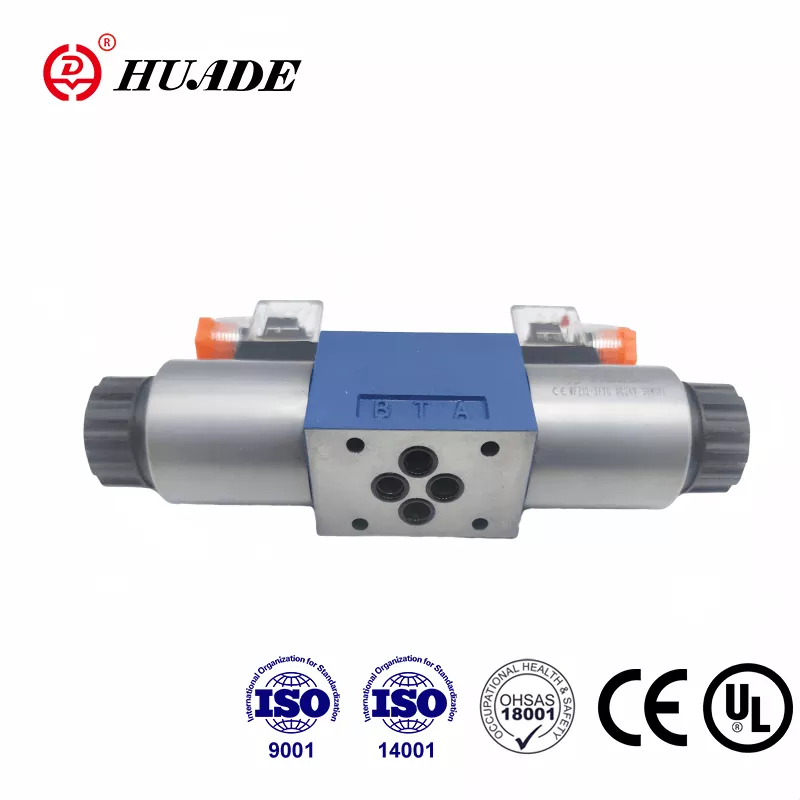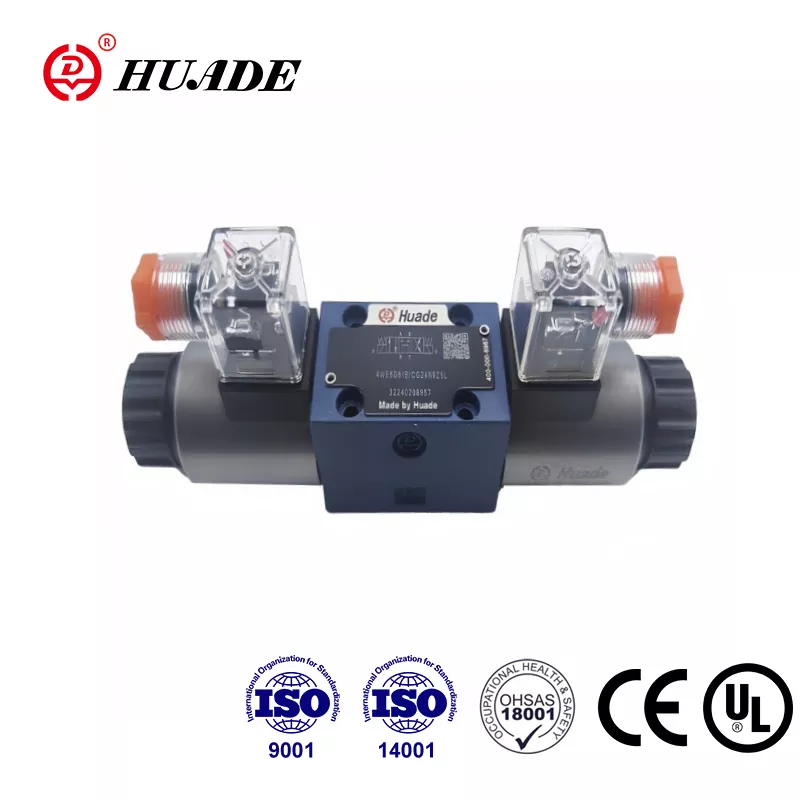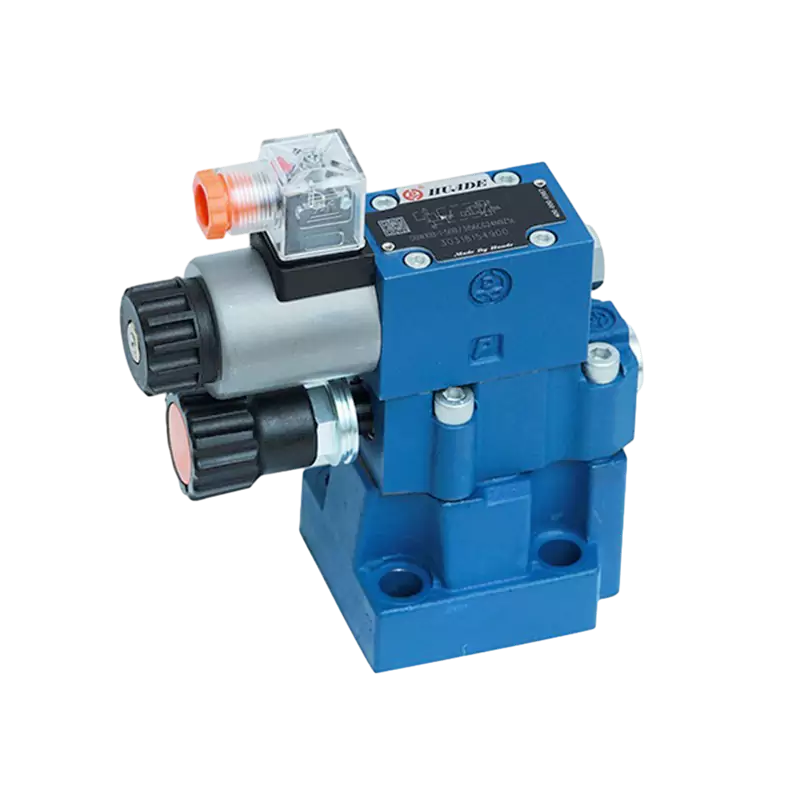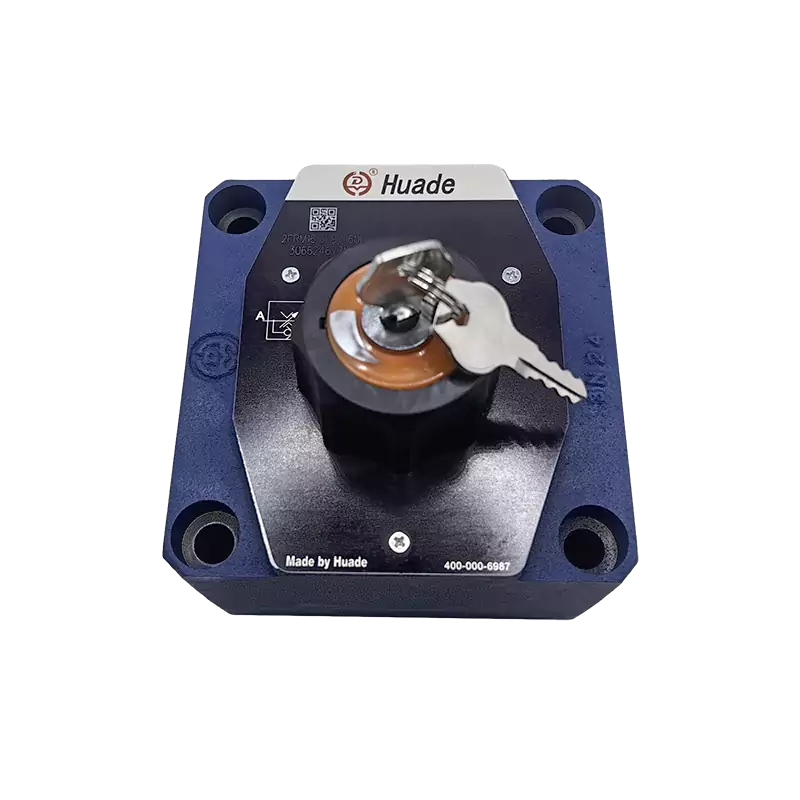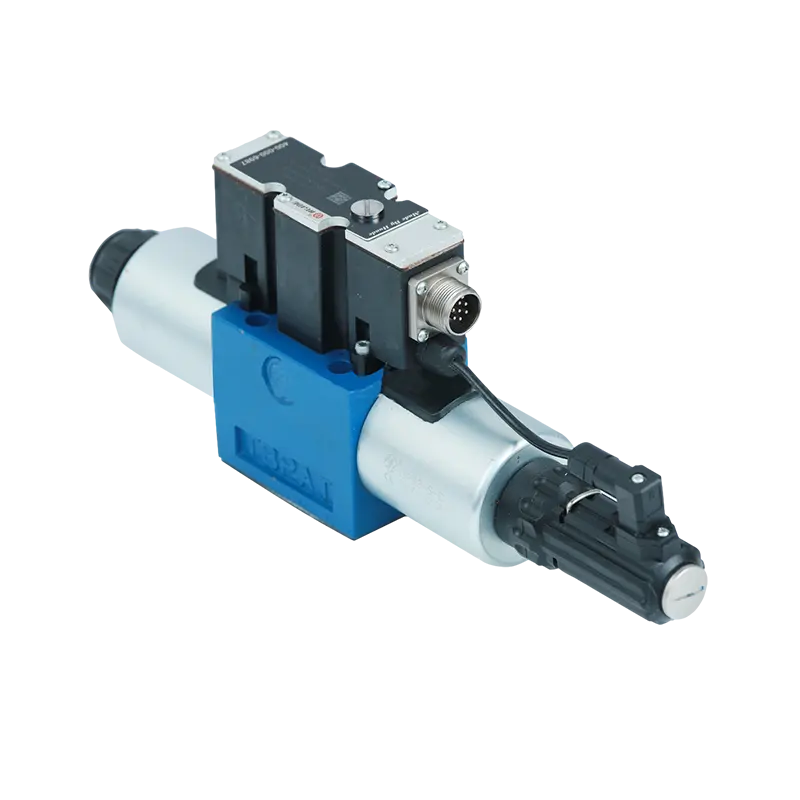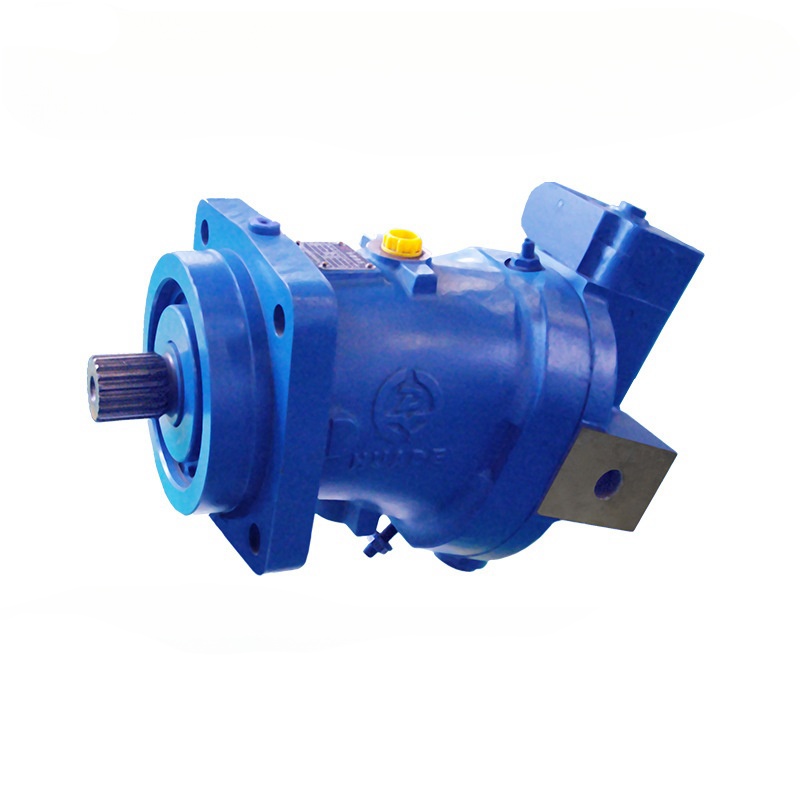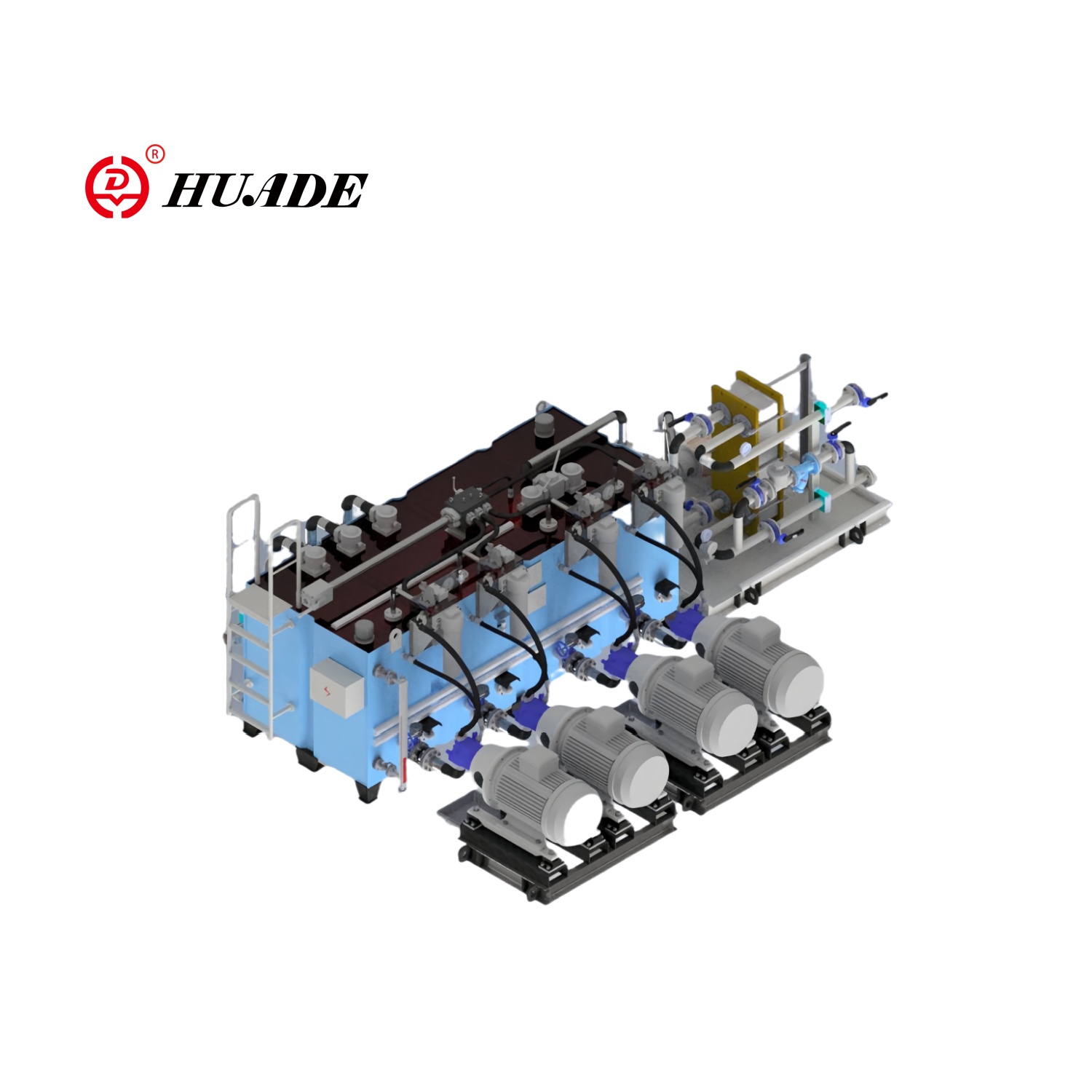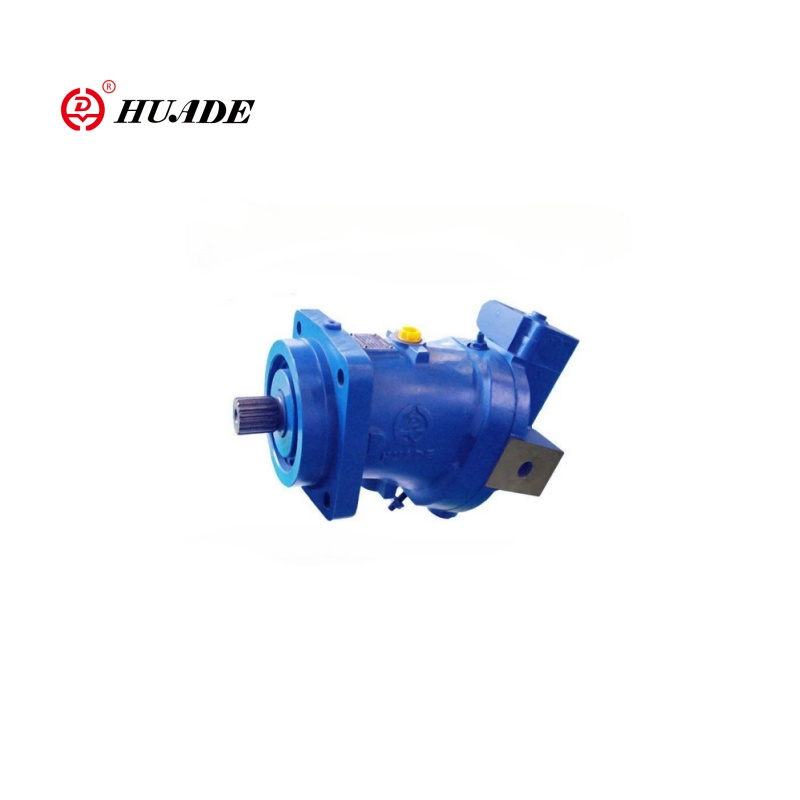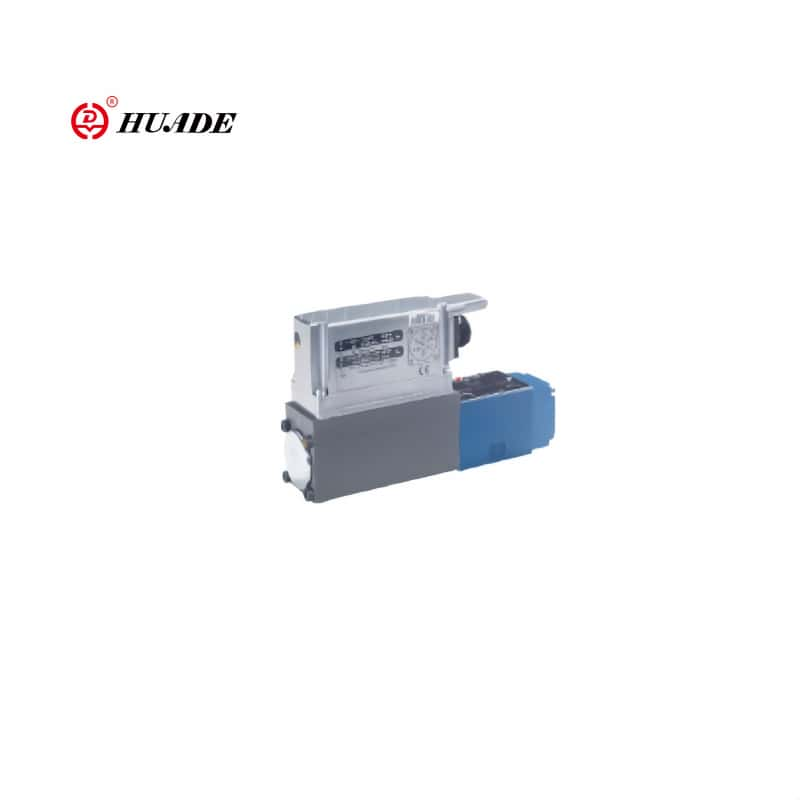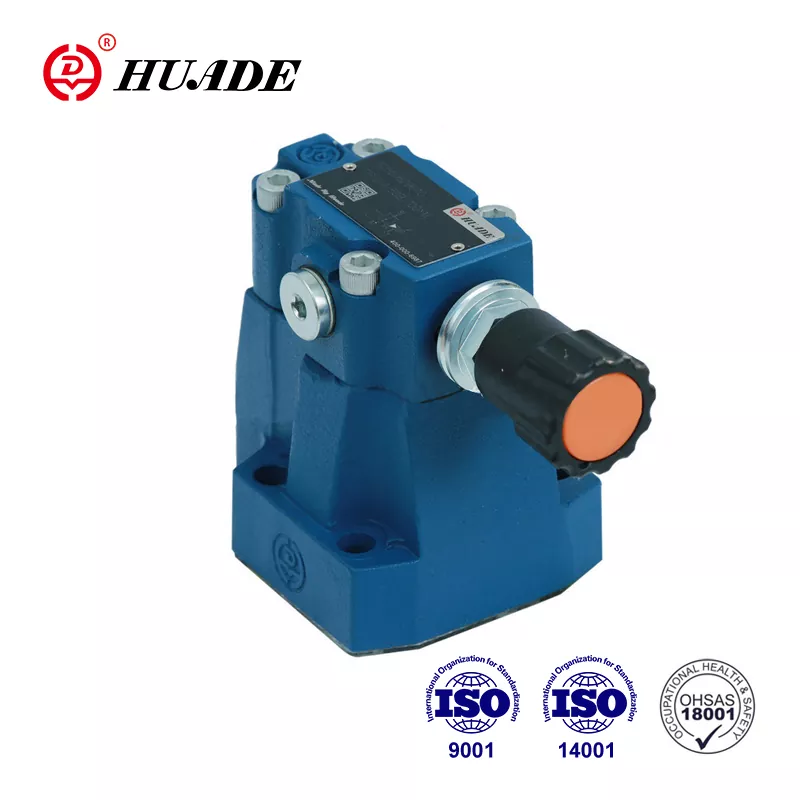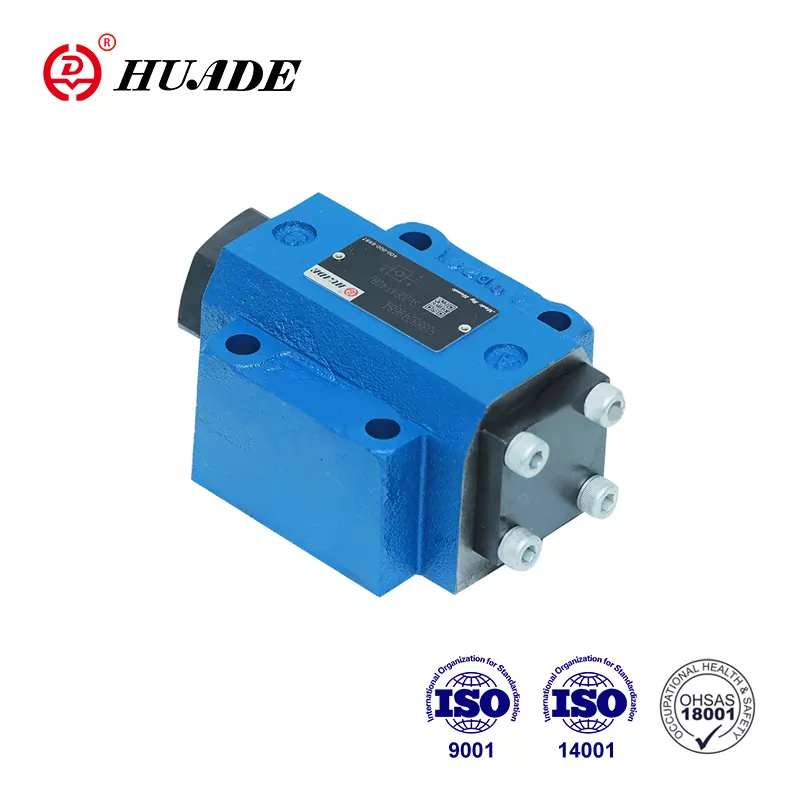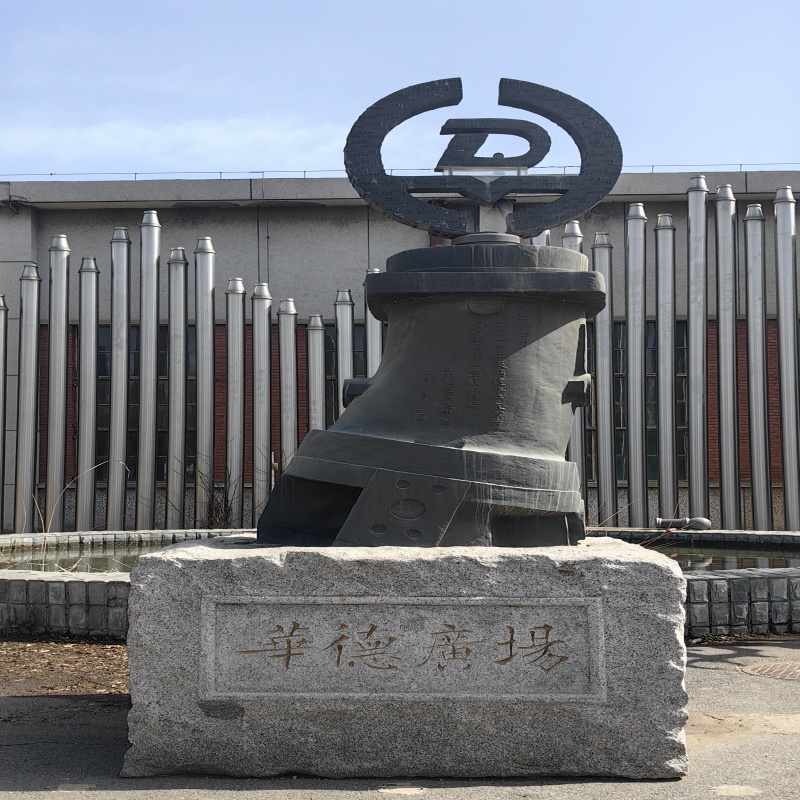If you work with hydraulic systems, you've probably heard of the Rexroth 4WE 6 J directional control valve. This valve is one of the most reliable components in industrial hydraulics, and understanding how it works can help you make better decisions for your equipment.
The 4WE 6 J is made by Bosch Rexroth, a company known for quality hydraulic parts. This particular valve controls the direction of fluid flow in hydraulic systems. Think of it like a traffic controller for hydraulic oil, directing it where it needs to go to make machines work properly.
What Makes the 4WE 6 J Special
The directional control valve 4WE 6 J for Rexroth stands out because of its design. It's a solenoid-operated valve, which means it uses electromagnets to switch positions. When you send an electrical signal to the valve, it moves internal parts that change where the oil flows.
This valve has a 4/3 configuration. The "4" means it has four ports where hydraulic lines connect. The "3" means it has three positions it can move to. In the center position, all ports are closed. This is important for safety because when the valve isn't being told what to do, it blocks all flow and keeps everything locked in place.
The valve uses springs to return to this center position automatically. When you turn off the electrical signal, the springs push the internal spool back to the middle. This spring-centered design is reliable and has been tested in thousands of machines over many years.
How the "J" Spool Works
The letter "J" in the name tells you about the spool type inside the valve. Different letters mean different flow patterns, and the J spool has a specific purpose. In the center position, all four ports are blocked. Nothing flows in or out. This is called a closed center configuration.
When you energize one solenoid, the valve shifts to connect pressure to one work port while blocking the others. Switch to the other solenoid, and the connections reverse. This gives you precise control over which direction your hydraulic cylinder or motor moves.
The closed center design of the directional control valve 4WE 6 J for Rexroth makes it perfect for machines that need to hold position when stopped. Machine tools, injection molding machines, and presses all benefit from this feature. When the valve is in the neutral position, your actuator stays exactly where it is without drifting.
Technical Specifications You Should Know
The 4WE 6 J uses a standard NG6 mounting pattern, also called CETOP 03. This standardization means you can replace it with other NG6 valves if needed. The mounting holes are spaced precisely, with four M5 threads in a specific pattern that matches industry standards.
This valve can handle up to 350 bar of pressure on the main ports. The maximum flow rate is 80 liters per minute when using DC solenoids. The valve works with hydraulic oil that has a viscosity between 10 and 500 mm²/s and can operate in temperatures from -20°C to +80°C.
Response time matters in hydraulic systems. The 4WE 6 J switches positions in about 20 to 70 milliseconds when you turn it on, and 10 to 60 milliseconds when you turn it off. This quick response helps machines work smoothly without delays.
The solenoids come in different voltage options. Common choices include 24V DC, which is the most popular in industrial settings. You can also get 12V DC, 110V AC, or 230V AC versions. The DC versions draw about 30 watts of power and can run continuously without overheating.
Where These Valves Are Used
Manufacturing facilities use the directional control valve 4WE 6 J for Rexroth in many applications. In machine shops, these valves control the movement of cutting tools and workpiece holders. The closed center feature prevents unwanted motion when the machine is idle, which improves safety and precision.
Injection molding machines rely on these valves to control mold opening and closing. The fast switching speed helps maintain production rates, and the reliable centering ensures consistent part quality. Some molding machines cycle thousands of times per day, and the 4WE 6 J can handle up to 15,000 cycles per hour.
Press machines use these valves to control ram movement. The ability to hold pressure when centered is essential for forming operations where the workpiece needs to be held firmly during processing. The valve's high pressure rating of 350 bar provides plenty of capacity for demanding applications.
Automated production lines often have multiple 4WE 6 J valves working together. Each valve controls a different cylinder or motor, and they all coordinate to move products through various stations. The standardized mounting makes installation and maintenance easier across the whole system.
Reading the Model Number
Rexroth uses a detailed coding system for their valves. A typical full model number might be 4WE 6 J6X/EG24N9K4. Each part of this code tells you something specific about the valve.
The "4WE" at the start tells you it's a four-way, solenoid-operated directional valve. The "6" means it's size NG6. The "J" is the spool type we discussed earlier. The "6X" refers to the component series, which relates to performance characteristics.
After the slash, "E" indicates it has wet-pin solenoids that sit in the hydraulic oil. "G24" means it uses 24V DC power. The "N" tells you about seal materials, with N being standard NBR rubber seals. The "9K4" section includes additional options like manual override features and connector types.
Understanding this coding helps when ordering replacement valves or comparing different models. The directional control valve 4WE 6 J for Rexroth can have many variations based on your specific needs, and the model number captures all these details.
Common Problems and Solutions
Like any mechanical component, these valves can develop issues over time. The most common problem is sticking, where the spool doesn't move smoothly inside the valve body. This usually happens because of contamination in the hydraulic oil.
The internal clearance in a 4WE 6 J is very small, between 3 and 13 micrometers. That's smaller than a human hair. When dirt particles get into the oil, they can jam in these tight spaces and prevent the spool from moving. This is called silt-lock, and it can damage the valve if not addressed.
Keeping your hydraulic oil clean prevents most problems. Use filters that meet ISO 4406 cleanliness standards of 20/18/15 or better. Change filters regularly and watch for signs of contamination like cloudy oil or unusual noises from the system.
Coil burnout is another issue that can occur. If the spool gets stuck and can't move, the solenoid draws more current trying to push it. This extra current creates heat that can damage the coil windings. AC versions of the valve are more susceptible to this problem than DC versions.
Checking the electrical supply helps prevent coil problems. Make sure your voltage stays within 10% of the rated voltage. Connections should be clean and tight, with proper sealing against moisture. The valve uses IP65 or IP67 rated connectors depending on the version, so maintain these seals properly.
Internal leakage increases as valves age. This is normal wear, but excessive leakage affects system performance. If you notice slower actuator speeds or reduced holding force, internal leakage might be the cause. Testing pressure drop across the valve can help diagnose this issue.
Maintenance Tips
Regular maintenance keeps your directional control valve 4WE 6 J for Rexroth working reliably. The valve itself doesn't need much attention, but the hydraulic system around it does. Following a few simple practices extends valve life significantly.
Oil quality matters most. Follow the "clean, cool, and dry" principle. Clean oil prevents contamination. Cool oil reduces wear and extends component life. Dry oil prevents corrosion and maintains proper viscosity. Test your oil periodically and change it according to manufacturer recommendations.
Temperature control helps too. The valve can operate up to 80°C, but running cooler is better for longevity. If your system runs hot, consider adding a heat exchanger. The solenoid coils can reach 150°C on their surface, but cooler operation reduces electrical stress.
Many 4WE 6 J valves include manual override options. These let you move the valve by hand when the machine is off or during troubleshooting. When using the manual override, keep system pressure below 50 bar to avoid excessive force. Never push both manual overrides at the same time.
Mounting position doesn't restrict the valve much. You can install it in any orientation, though horizontal mounting often works best for heat dissipation. Make sure there's adequate space around the solenoids for cooling air to circulate.
Alternatives and Compatibility
While Rexroth makes quality valves, other manufacturers offer compatible alternatives. Understanding your options helps with sourcing and cost management. Any valve with an NG6 mounting pattern can physically fit where a 4WE 6 J mounts.
Yuken makes the DSG-01-3C3, which provides similar functionality with a closed center spool. Parker offers the D1VW series with comparable flow rates. Eaton Vickers has the DG4V-3-6C model. These alternatives typically cost 20% to 30% less than original Rexroth parts.
When considering alternatives, match the pressure ratings, flow capacity, and electrical specifications carefully. Not all NG6 valves are created equal. Some may have different response times or switching characteristics that affect your application.
The directional control valve 4WE 6 J for Rexroth has a proven track record with mean time between failures measured in years. Some alternative brands may not match this reliability. For critical applications, the extra cost of genuine Rexroth parts often makes sense.
Rebuilding services offer another option. Several companies specialize in refurbishing hydraulic valves. They disassemble, clean, replace worn parts, and test the valve to like-new condition. Rebuilt valves cost less than new ones and can work well for less demanding applications.
Where to Buy
Finding a supplier for the 4WE 6 J shouldn't be difficult. Bosch Rexroth has an official online store at [store.boschrexroth.com](http://store.boschrexroth.com/) where you can order directly. This guarantees genuine parts and proper warranty coverage.
Industrial distributors stock these valves regionally. Companies like Motion Industries, Applied Industrial Technologies, and other hydraulic specialists carry Rexroth products. Working with a local distributor gives you technical support and faster delivery for urgent needs.
Online marketplaces like eBay have both new and used valves. Prices for new units typically range from $300 to $500 depending on the specific model and options. Used valves sell for $100 to $250, though you trade warranty coverage for lower cost.
Asian suppliers on platforms like Shopee or Alibaba offer compatible versions at lower prices, sometimes around $150. Quality varies with these sources, so research the seller carefully if you choose this route. For critical applications, stick with known suppliers.
When ordering, have your complete model number ready. The directional control valve 4WE 6 J for Rexroth comes in many configurations, and getting the wrong voltage or connector type creates problems. Double-check electrical specifications and mounting details before purchasing.
Installation Considerations
Installing a 4WE 6 J properly ensures good performance and long life. Start with a clean mounting surface. The valve seals against this surface, and any scratches or dirt can cause leakage. Use the proper bolt torque on the mounting screws to avoid distorting the valve body.
Port connections should be clean and properly sized. The valve uses standard NG6 port sizes, and your hydraulic lines need to match. Using undersized lines restricts flow and increases pressure drop. Oversized lines waste space but don't hurt performance.
When connecting electrical power, follow the wiring diagram for your specific model. The solenoids typically connect to a controller or switch that provides the appropriate voltage. Some models include indicator lights to show which solenoid is energized, which helps during troubleshooting.
Consider adding pressure gauges at key points in your system. Monitoring pressure at the valve ports helps diagnose problems and optimize performance. Pressure switches can provide safety interlocks to prevent operation outside safe parameters.
Working with Different Fluids
Most hydraulic systems use mineral oil, and the 4WE 6 J works perfectly with these fluids. The standard NBR seals handle petroleum-based oils across a wide temperature range. This covers the majority of industrial applications.
Some systems require environmentally friendly fluids like HFC (water glycol) or HFD (synthetic ester). The directional control valve 4WE 6 J for Rexroth can work with these fluids, but you need the right seal material. Order the valve with FKM (Viton) seals, indicated by a "V" in the model code instead of "N".
Water-based fluids reduce service life compared to mineral oil. Rexroth estimates about 30% shorter life when using HFC fluids. The increased wear comes from different lubrication properties and potential cavitation. If you must use these fluids, consider slightly oversizing components to compensate.
Operating temperature limits change with different fluids too. HFC fluids restrict maximum temperature to 50°C instead of the 80°C limit with mineral oil. Plan your cooling system accordingly if you're using alternative hydraulic fluids.
Understanding Performance Curves
Rexroth provides performance data in technical manuals that show how the valve behaves under different conditions. Pressure drop curves show how much pressure you lose pushing oil through the valve at various flow rates. For the J spool, expect about 2 bar of pressure drop at 20 liters per minute.
This pressure drop represents wasted energy in your system. Higher flow rates create more pressure drop, following a curved relationship. When designing a hydraulic circuit, account for this loss to ensure actuators receive adequate pressure.
The power limit number for the directional control valve 4WE 6 J for Rexroth is 8. This is a Rexroth-specific metric that relates flow, pressure, and oil viscosity to heat generation. Staying below this limit prevents overheating during continuous operation.
Switching frequency affects valve life. While the valve can cycle up to 15,000 times per hour mechanically, typical applications run much slower. Higher cycling speeds accelerate wear on seals and solenoid components. Match your operating frequency to your actual needs rather than maximizing it.
Documentation and Support
Bosch Rexroth provides detailed technical documentation for their valves. The main catalog sheet shows dimensions, mounting details, and basic specifications. More detailed manuals explain installation procedures, maintenance requirements, and troubleshooting steps.
You can download these documents from the Rexroth website or request them from distributors. Having the technical manual for your specific model helps during installation and maintenance. The documents include hydraulic symbols that show how to represent the valve in circuit diagrams.
Rexroth's technical support team can help with application questions. If you're unsure whether a 4WE 6 J fits your needs, they can recommend alternatives or suggest modifications. This support is valuable when designing new systems or upgrading existing equipment.
Online selection tools let you configure valves based on your requirements. Enter your flow rate, pressure, voltage, and other parameters, and the tool suggests suitable models. This helps ensure you get exactly what you need without decoding model numbers manually.
Final Thoughts
The directional control valve 4WE 6 J for Rexroth represents proven technology in hydraulic control. Its solenoid-operated, spring-centered design with closed center positioning serves countless applications worldwide. Understanding how it works helps you use it effectively and maintain it properly.
Key advantages include the standardized NG6 mounting, reliable closed center function, and wide availability of parts and support. The valve handles high pressures and provides responsive switching for precise control. Multiple voltage options and configurations adapt to different machine requirements.
Proper installation and maintenance keep these valves working for years. Clean hydraulic oil is the single most important factor in valve longevity. Regular filter changes and attention to operating temperature prevent most problems before they start.
Whether you're replacing a failed valve, designing a new machine, or just trying to understand your existing equipment, the 4WE 6 J deserves consideration. Its decades of proven performance in demanding industrial applications speak to its quality and reliability. With proper care, this valve will serve your hydraulic system well for many years.
